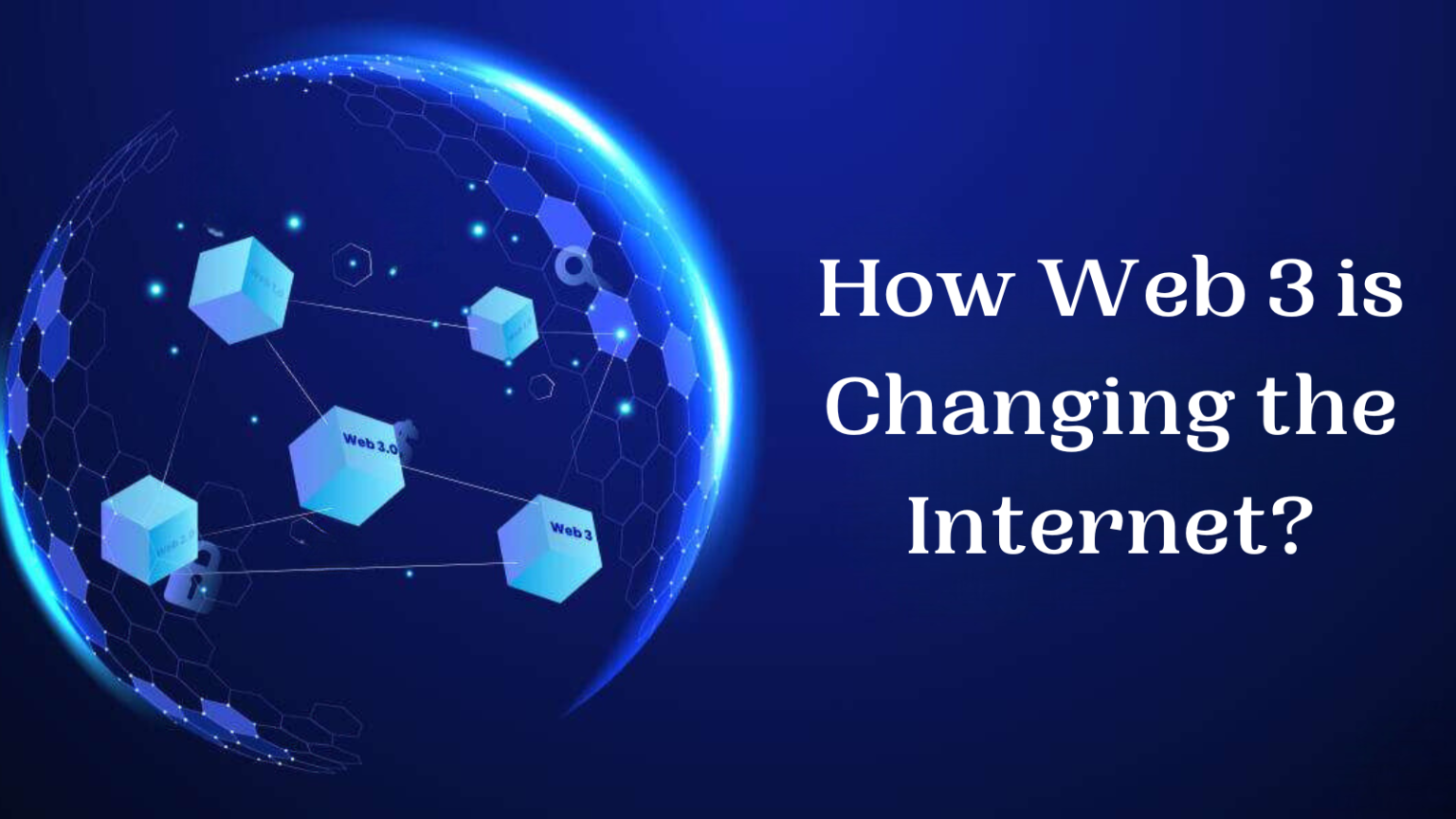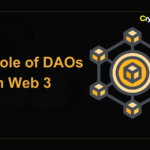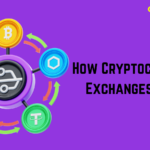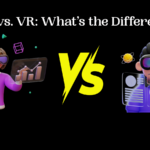The internet has come a long way since its creation. From its humble beginnings in the Web 1.0 era, where it was largely static and read-only, to Web 2.0, where social media platforms, interactive websites, and online businesses have flourished. But now, we are on the verge of another transformation – Web 3. In this blog, we’ll explore what Web 3 is, how it’s different from what we currently know as the internet, and why it’s set to change everything we do online.
What is Web 3?
Web 3, also known as the decentralized web, represents the next major evolution of the internet. Unlike Web 2.0, where major corporations (like Google, Facebook, and Amazon) control the flow of information and dominate data ownership, Web 3 aims to create a more decentralized, secure, and user-controlled internet.
Web 3 is built on emerging technologies like blockchain, artificial intelligence (AI), and machine learning (ML). Its key feature is decentralization, which means that no single organization or entity has control over the entire system. This is a stark contrast to today’s centralized internet, where big tech companies act as gatekeepers of information.
Why Should You Care About Web 3?
At its core, Web 3 is about putting power back into the hands of individuals. Instead of relying on large corporations to store and manage your data, Web 3 allows you to control your online identity, data, and even the assets you own digitally. It’s an internet that works for people, not just for profit.
Now that we have a basic understanding of what Web 3 is, let’s dive into the specific ways this new version of the internet is poised to change our digital lives.
Key Changes Web 3 Will Bring to the Internet
Decentralisation: Power to the People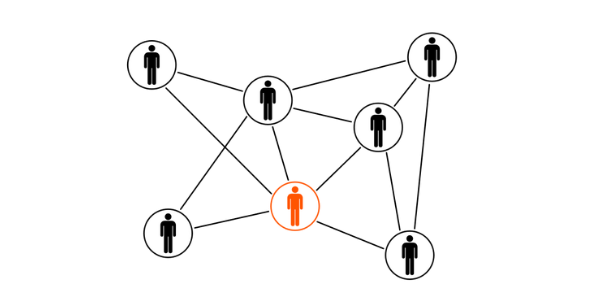
The foundation of Web 3 is decentralization. Unlike today’s internet, where data is stored in centralized servers controlled by a handful of tech giants, Web 3 uses blockchain technology to create distributed ledgers. In simple terms, this means that data is spread across a network of computers, and no single organization controls it. Instead, it’s the community of users that governs how data is stored, accessed, and shared.
With Web 3, everything from financial transactions to social media posts could be stored on blockchains, ensuring transparency and reducing the risk of data being manipulated or misused. This shift eliminates the need for a middleman, like a bank or a social media platform, to validate transactions or verify content.
Why Decentralization Matters:
– Users have more control over their data.
– Reduces the power of monopolistic tech companies.
– Improves security by eliminating single points of failure.
For example, if a company like Facebook were to face a server breach, all user data could be compromised. In Web 3, that’s less likely to happen, because there’s no central point where all data is stored.
User Empowerment: Taking Back Control
One of the most exciting aspects of Web 3 is the level of control it offers users over their data, identity, and assets. In today’s internet, companies collect vast amounts of personal data without always being transparent about how it’s used. In Web 3, you will own your data, and you will decide who can access it and how it’s shared.
For instance, consider your digital identity. On Web 2, your identity is tied to centralized services like Facebook or Google accounts, which can be hacked, sold, or censored. Web 3 introduces the concept of self-sovereign identity, where users can maintain their digital identity across platforms without relying on a centralized authority.
Moreover, Web 3 offers digital ownership over assets, ranging from cryptocurrencies to digital art (like NFTs). You won’t just use the internet anymore; you’ll own parts of it.
Benefits of User Empowerment:
– Control over personal data and how it’s used.
– Ownership of digital assets (e.g., NFTs, cryptocurrencies).
– No more data exploitation by big tech.
Imagine owning your digital identity like you own your home – you control who has access and can revoke it anytime.
Enhanced Trust: Trust Through Technology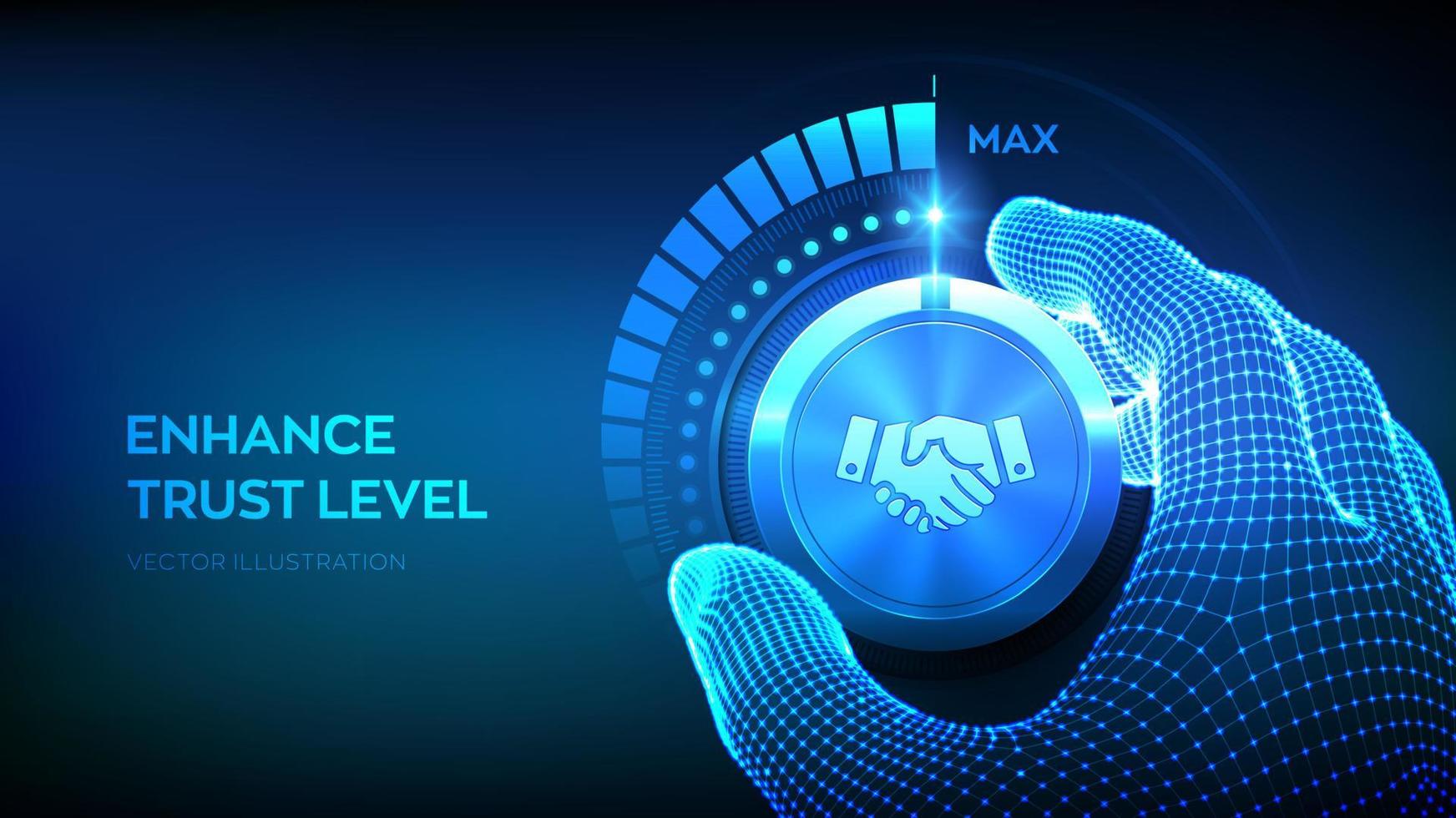
Trust has always been a big issue online. Whether it’s trusting that a website won’t misuse your credit card information or relying on social media platforms to verify facts, today’s internet often relies on centralized authorities to establish trust.
Web 3 is changing that by creating trust through *technology*. Blockchain, the technology underpinning Web 3, ensures that all transactions and data exchanges are transparent, secure, and immutable (meaning they cannot be changed once recorded). Since there is no single central authority, the community verifies everything through consensus mechanisms.
This technology will reduce fraud, misinformation, and the need to rely on a third party to validate information. For instance, if you purchase a product online, the blockchain will act as a public ledger, verifying that the transaction occurred without relying on a payment processor or intermediary.
*How Web 3 Builds Trust:*
– Transparency in transactions and data exchanges.
– Immutable records prevent tampering or fraud.
– Trust shifts from companies to the community and technology.
Imagine a world where you don’t have to trust a bank to handle your transactions. The blockchain will take care of it with complete transparency.
Artificial Intelligence: A Smarter Internet
Another key element of Web 3 is the integration of artificial intelligence (AI) and machine learning (ML). In Web 2, these technologies are already used by companies to analyse user behaviour and provide personalized content, but Web 3 takes this to the next level.
Web 3 will enable the internet to understand and process information in a way that’s closer to how humans do. This means that AI in Web 3 can interpret, learn from, and improve how it delivers information over time.
For instance, search engines in Web 3 will be more accurate and efficient, providing users with results that are genuinely relevant, rather than prioritising results based on advertising revenue. Social media platforms, too, will become smarter and more intuitive, offering content that truly resonates with users.
Impact of AI in Web 3:
– More intelligent and intuitive online experiences.
– AI and ML will help personalise content without data exploitation.
– More accurate, user-focused results from search engines.
Think of AI in Web 3 as having an internet that can learn from you and adapt to your needs, without violating your privacy.
Privacy Protection: Your Data, Your Rules
Privacy is another critical issue that Web 3 seeks to address. In the Web 2 world, privacy is often compromised, with companies collecting and monetizing user data for targeted advertising. Web 3 flips this model by prioritising individual privacy.
Web 3 gives users complete control over their data, ensuring that it cannot be accessed or sold without explicit permission. Users can decide who can see their data, how it’s used, and even monetize it themselves if they choose. This level of privacy protection is possible due to the decentralized nature of blockchain technology.
How Web 3 Protects Privacy:
– Data remains with the user, not companies.
– No more unauthorized sharing or selling of personal information.
– Blockchain ensures data is secure and transparent.
With Web 3, your personal data won’t be used to bombard you with ads. Instead, you’ll decide if you want to share your data and even get paid for it if you do.
How These Changes Will Affect Everyday Internet Use
1. Social Media in Web 3
Social media platforms in Web 3 will look very different. Decentralized networks could give users more control over their content, eliminating censorship concerns and allowing creators to fully monetize their work without middlemen taking a cut.
2. Online Transactions
E-commerce and financial transactions will become more transparent, secure, and direct. Web 3’s decentralized nature removes intermediaries, allowing users to get, sell, and exchange value securely and more efficiently.
3. Data Ownership
Users will finally have full control over their data. Instead of companies profiting from personal information, individuals will have the power to decide how their data is used, or even monetize it for their own benefit.
Challenges Web 3 Faces
Despite all the exciting possibilities, Web 3 faces some significant challenges. *Adoption* is still slow due to the technical complexity of blockchain and decentralized networks. Users will need to be educated on how to interact with Web 3 platforms. *Regulation* is another concern. Governments and regulators are grappling with how to manage the decentralized nature of Web 3.
Additionally, Web 3 still needs to find the right balance between decentralization and usability. Many decentralized platforms are not as user-friendly as their Web 2 counterparts, making them harder for the average user to adopt.
Conclusion
Web 3 is set to change the internet in profound ways. It promises a future where users are in control, privacy is protected, and trust is built into the system. While challenges remain, the shift from Web 2 to Web 3 could redefine how we interact with the online world, giving us more freedom, security, and ownership.
As Web 3 continues to evolve, staying informed and embracing these changes will be key to benefiting from this exciting new chapter of the internet. So, are you ready for Web 3?

